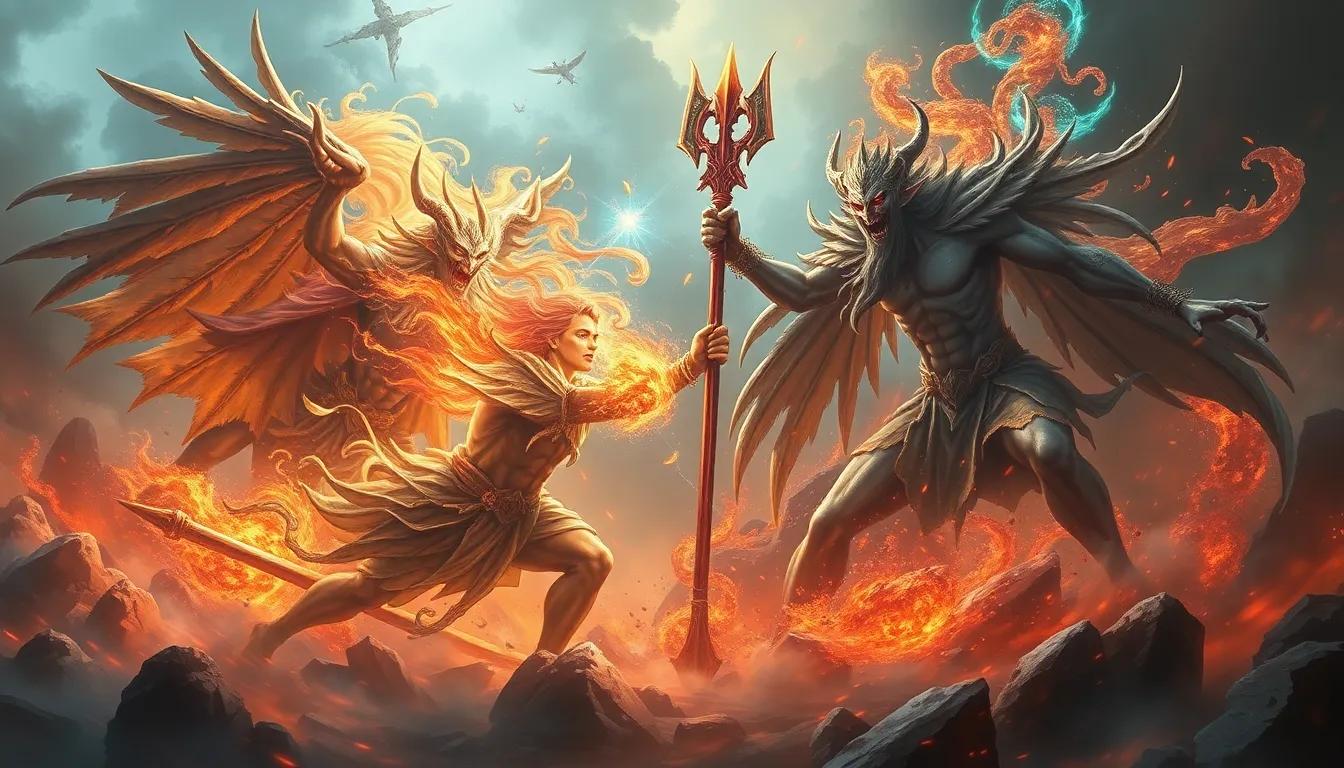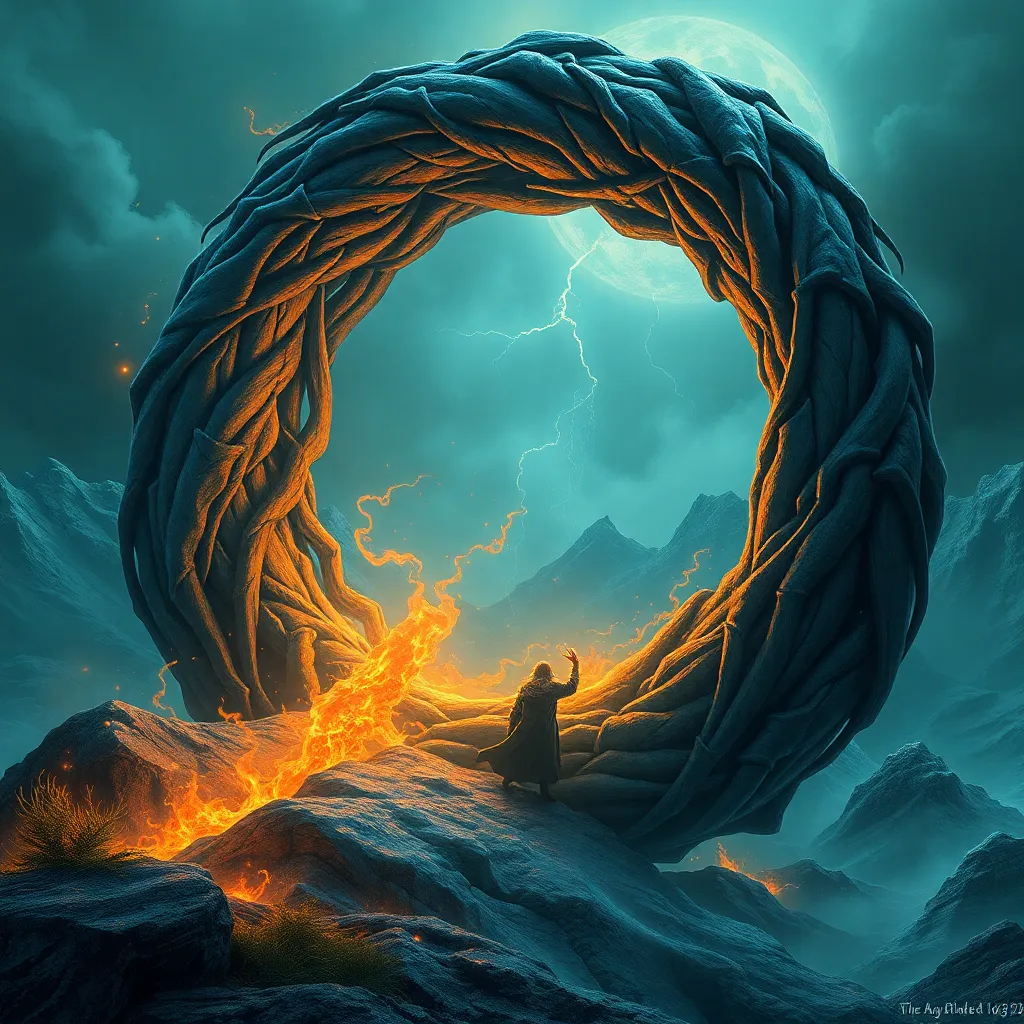The Clash of Deities: Epic Battles of Mythology
I. Introduction to Mythological Conflicts
Mythology serves as a powerful lens through which we can explore the beliefs, values, and cultural narratives of societies across the globe. Defined as a collection of myths, these stories often feature gods, goddesses, and supernatural beings that interact with humans and the world around them. The cultural significance of mythology is profound, as these tales often embody the moral and ethical frameworks of civilizations, reflecting their understanding of existence, morality, and the cosmos.
A common theme that resonates through various cultures is the concept of divine conflict. From epic battles between gods to struggles for power and supremacy, these narratives reveal not only the characteristics of the deities involved but also the values and conflicts inherent within the cultures that created them. This article aims to delve into some of the most notable epic battles among deities in different mythologies, showcasing how these conflicts shape the narratives and beliefs of their respective cultures.
II. The Nature of Deities in Various Mythologies
Deities vary widely across mythological traditions, exhibiting unique characteristics and roles that reflect the societies that worship them. Understanding these characteristics is essential to grasping the nature of mythological conflicts.
A. Characteristics of gods and goddesses
- Immortality: Most deities possess eternal life, allowing them to engage in conflicts without the limitations of mortality.
- Supernatural powers: Gods often wield extraordinary abilities that enable them to manipulate the natural world.
- Human-like traits: Many deities exhibit emotions, desires, and flaws, making them relatable to human experiences.
B. The role of deities in human affairs
Deities often serve as intermediaries between the divine and the mortal realm, influencing human life, destiny, and morality. They may bestow blessings or curses, guiding their followers through divine intervention in times of need.
C. Differences in pantheons: Monotheism vs. Polytheism
Mythologies can be broadly categorized into monotheistic and polytheistic traditions. Monotheistic religions, such as Judaism, Christianity, and Islam, center around a single, all-powerful deity. In contrast, polytheistic mythologies, like those of the Greeks, Romans, and Hindus, feature multiple gods and goddesses, each with specific domains and attributes, often leading to complex interactions and conflicts among them.
III. Greek Mythology: Titans vs. Olympians
One of the most famous mythological conflicts is the Titanomachy, the war between the Titans and the Olympian gods. This epic battle marked a significant turning point in Greek mythology.
A. Background of the Titanomachy
According to myth, the Titans, led by Cronus, ruled during the Golden Age but were eventually overthrown by their children, the Olympians, led by Zeus. The conflict arose from Cronus’s fear of being overthrown by his offspring, leading him to swallow each of them at birth.
B. Key figures: Cronus, Zeus, and their allies
- Cronus: The leader of the Titans, symbolizing time and harvest.
- Zeus: The king of the Olympians, representing order and justice.
- Allies: Other Olympians, such as Hestia, Hera, Poseidon, and Hades, played crucial roles in the conflict.
C. The aftermath and its impact on Greek mythology
The victory of the Olympians established a new order in the cosmos and shaped the subsequent myths and legends. Zeus and his siblings became the ruling deities, each taking control of different aspects of the universe, with narratives exploring themes of power, justice, and the consequences of rebellion.
IV. Norse Mythology: Ragnarok – The Final Battle
In Norse mythology, Ragnarok is prophesied as the cataclysmic event that leads to the end of the world and the ultimate battle between gods and giants.
A. The prophecy of Ragnarok and its significance
Ragnarok signifies a cycle of destruction and rebirth, featuring fierce battles that will determine the fate of the gods and the world itself. It reflects the Norse belief in the impermanence of existence.
B. Key players: Odin, Thor, Loki, and the giants
- Odin: The Allfather, who seeks knowledge and prepares for the battle.
- Thor: The god of thunder, known for his strength and bravery in battle.
- Loki: The trickster god whose betrayal leads to chaos.
- Giants: Representing chaos and destruction, they are formidable foes in the battle.
C. The themes of destruction and rebirth
Ragnarok embodies themes of sacrifice, fate, and renewal, illustrating that even in destruction, there is potential for new beginnings. The aftermath sees the rebirth of the world and the survival of some gods, hinting at hope and continuity.
V. Hindu Mythology: The War of the Mahabharata
The Mahabharata, one of the longest epic poems in history, features complex narratives involving divine beings and epic battles that shape the moral fabric of society.
A. Overview of the epic and its key battles
The Mahabharata tells the story of the Kurukshetra War between the Pandavas and the Kauravas, involving not just human warriors but also divine intervention and celestial beings.
B. The roles of Krishna, Arjuna, and other divine figures
- Krishna: A divine charioteer and guide to Arjuna, representing dharma (righteousness).
- Arjuna: A skilled warrior torn between duty and morality.
C. Moral and philosophical implications of divine warfare
The Mahabharata explores deep philosophical questions about duty, justice, and the nature of conflict. It emphasizes the importance of righteousness and the moral dilemmas faced by individuals in times of war.
VI. Egyptian Mythology: The Struggle Between Set and Osiris
The conflict between Set and Osiris is a foundational myth in Egyptian mythology, symbolizing chaos versus order and the cycle of life and death.
A. The myth of Osiris and his resurrection
Osiris, the god of the afterlife, is murdered by his brother Set, who represents chaos and disorder. Osiris’s resurrection by his wife Isis signifies the triumph of life over death.
B. Set’s role as the antagonist and his significance
Set embodies the chaotic forces of nature and disorder, challenging the established order represented by Osiris. His conflict with Osiris underscores the dualities present in Egyptian beliefs.
C. The implications of their conflict on the afterlife beliefs
The struggle between Set and Osiris significantly influenced Egyptian beliefs about the afterlife, emphasizing the necessity of order and the importance of resurrection, ultimately shaping their funerary practices and understanding of the soul.
VII. Mesopotamian Mythology: The Epic of Gilgamesh
The Epic of Gilgamesh presents a rich tapestry of the relationship between gods and kings through epic battles and quests.
A. The relationship between gods and kings
In Mesopotamian mythology, kings like Gilgamesh are often viewed as part divine and part human, navigating their dual nature while interacting with gods.
B. Epic battles against divine beings: Humbaba and the Bull of Heaven
- Humbaba: A guardian of the Cedar Forest, defeated by Gilgamesh and Enkidu.
- The Bull of Heaven: Sent by the goddess Ishtar to punish Gilgamesh, leading to further conflict.
C. Themes of mortality and divine favor
The Epic of Gilgamesh explores themes of mortality, friendship, and the quest for immortality, emphasizing the transient nature of life and the favor of the gods.
VIII. Native American Mythology: Trickster Figures and Cosmic Battles
Trickster deities, such as Coyote and Raven, play significant roles in Native American mythology, often embodying themes of creation and chaos.
A. Overview of trickster deities (e.g., Coyote, Raven)
These figures challenge the status quo, often using cunning and wit to navigate complex situations. They embody the dual




